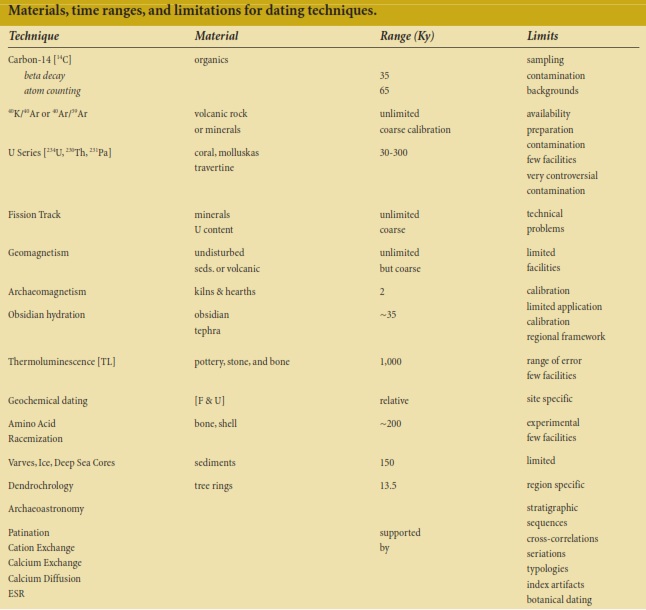Argon Argon Courting Wikipedia
17 Best Relationship Websites For Over 50 Adults Looking For Love
May 30, 2023Find Out Why Tinder® Is The World’s Greatest Relationship App
May 30, 2023ultimate precision and accuracy of the 40Ar/39Ar
Method
aliquot, however do so using accurate and exact spatial
However, so far, most modeling studies on these occasions are nonetheless focusing on providing sensitivity checks to evaluate potential forcing mechanisms. We are only beginning to document and understand the controls and causes of these abrupt adjustments, and such questions will proceed to be important for the paleoclimatology group for years to return. The fast pace of developments in radiometric courting glacial landforms supplies glacial geologists a robust toolbox for fixing in time past glacier-climate interactions. Dating features such as moraines allows the timing of significant stabilizations of outlet glaciers to be characterized. Chronologies ought to be constructed with adherence to high quality assurance protocols, which also permit tools for the evaluation and comparability of new datasets to legacy data.
Archaeological relationship: stratigraphy and seriation
decay scheme of 40K and 2) the long half-life
needn’t be measured.
Tree rings and dendrochronology
One is the reliance on an age normal which should be dated by an alternative technique (usually the potassium–argon method) so as to derive the neutron flux (J) constant. Another is the inherent error in extrapolating the J fixed between samples differing in construction and homogeneity. This error could be minimized as much as potential by closely matching the irradiation circumstances of the sample and control, and by utilizing a collection of control samples. Some materials are also topic to a phenomenon often known as argon recoil, in which the kinetic vitality gained by 39Ar during the neutron bombardment is sufficient to eject it from the pattern.
Potassium-argon
Where the rocks usually are not strongly folded or tilted it’s possible to work out the order during which the layers have been shaped. While neither the first nor the last absolute relationship methodology, C14 dating practices were clearly essentially the most revolutionary, and some say helped to usher in a new scientific period to the sector of archaeology. When an atom of potassium 40 decays  into argon forty, the argon atom produced is trapped by the crystalline structure of the lava. It can solely escape when the rock is in its molten state, and so the quantity of fossilized argon present in lava permits scientists to date the age of the solidification.
into argon forty, the argon atom produced is trapped by the crystalline structure of the lava. It can solely escape when the rock is in its molten state, and so the quantity of fossilized argon present in lava permits scientists to date the age of the solidification.
Fission monitor dating
J worth uncertainty could be
In some instances, lithological features might provide direct evidence for sea-level fluctuations. The most dependable facies modifications that can be used to determine sea-level change are sequences that mark the transition from marine to nearshore to fluvial depositional environments. The distinction between marine and terrestrial sediments may be determined via the absence or presence of definitive marine taxa, similar to nannofossils, dinoflagellates and marine foraminifera. Terrestrially derived sediments could contain evidence for land crops, together with those who produce miospores, freshwater crops (e.g., charophyte-bearing green algae) and invertebrates, and land-dwelling vertebrates, for instance.
This methodology is useful for igneous and metamorphic rocks, which can’t be dated by the stratigraphic correlation method used for sedimentary rocks. Argon is fuel that progressively builds up within rocks from the decay of radioactive potassium. It is initially fashioned in the molten rock that lies beneath the Earth’s crust. The warmth from a volcanic eruption releases all the argon from the molten rock and disperses it into the atmosphere. Argon then begins to re-accumulate at a constant rate within the newly shaped rock that’s created after the eruption. It helps to find out the charges of uplift (for geomorphology studies), subsidence rates (for petroleum exploration and sedimentary basin studies), and the age of volcanic eruptions (this is as a outcome of fission tracks reset after the eruption).
